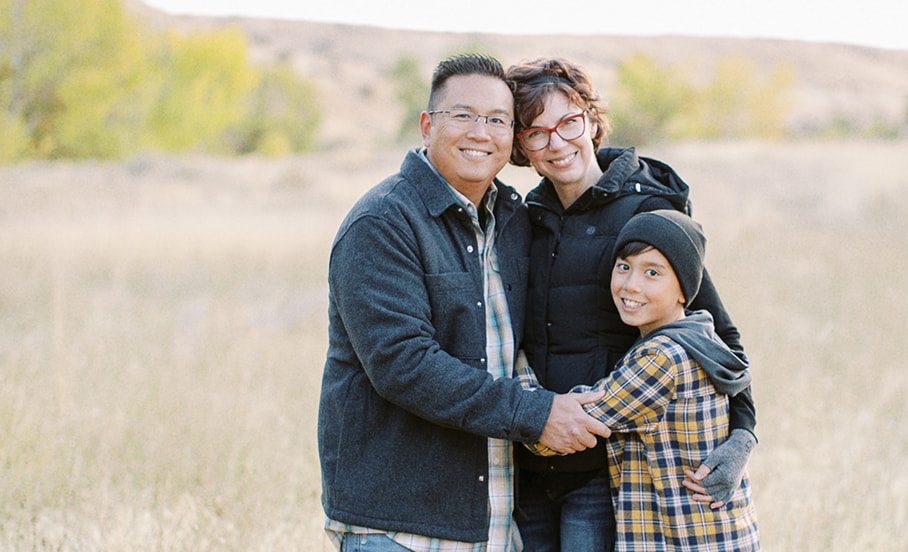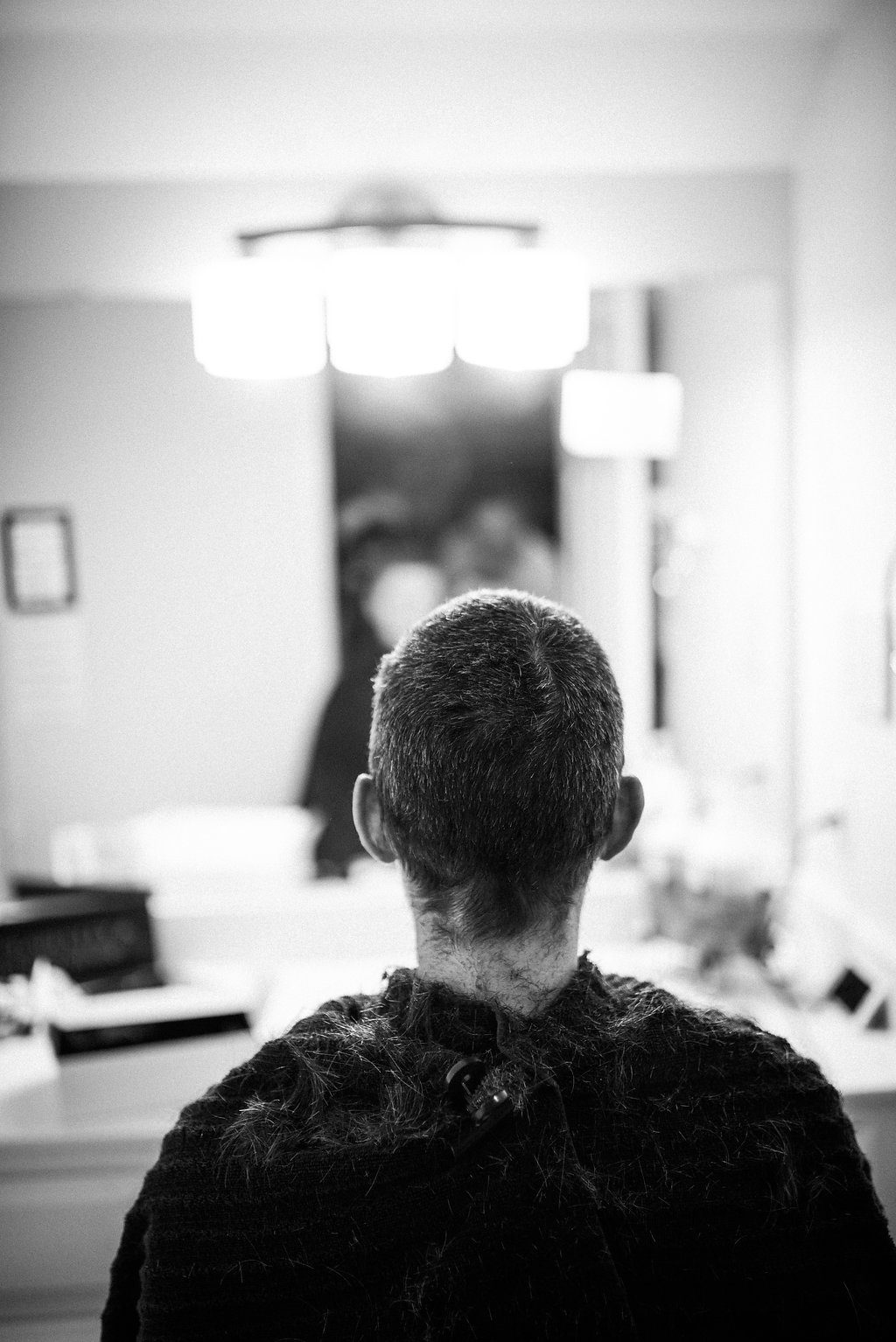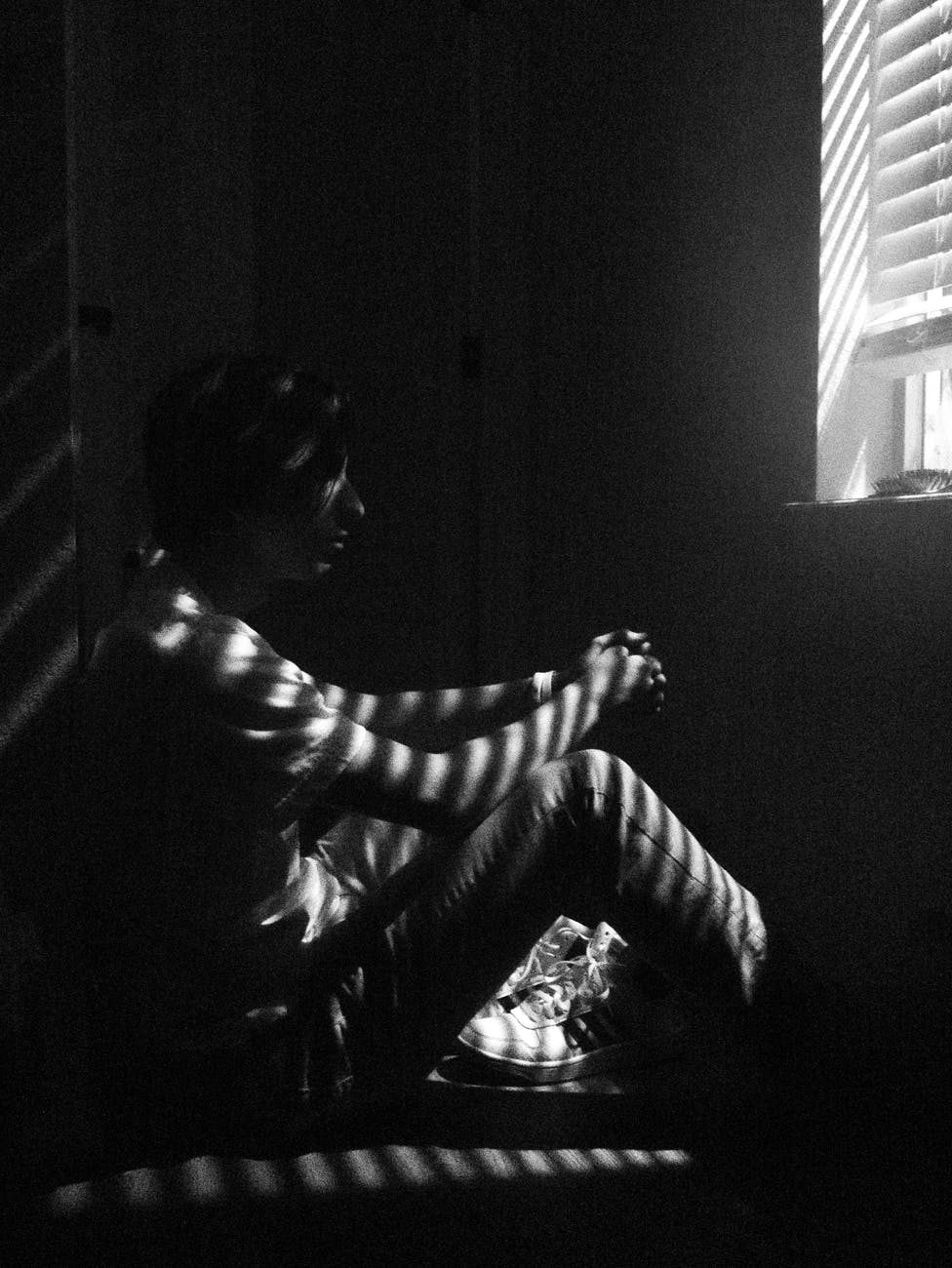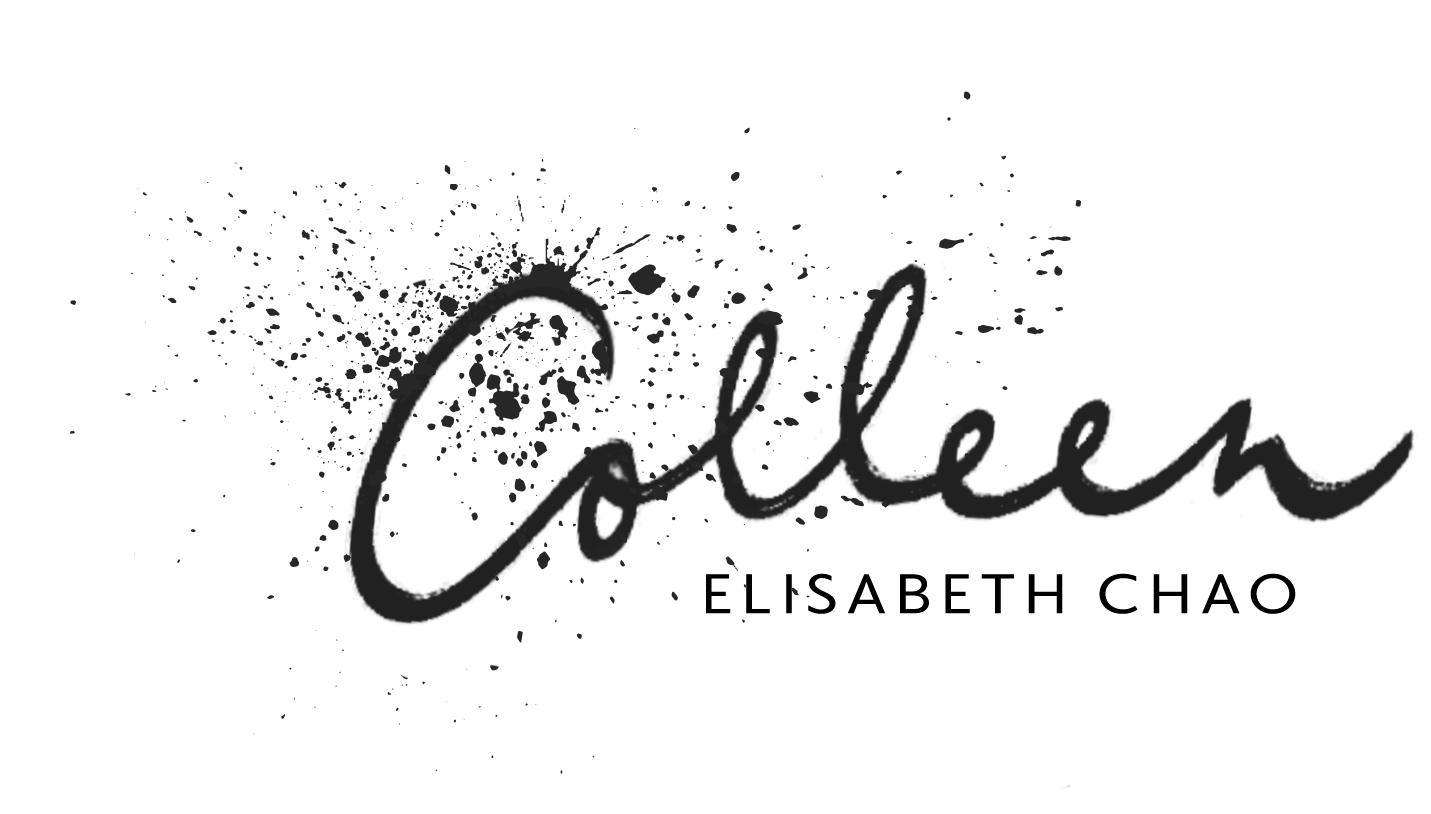AUTHOR’S PICK
MOST POPULAR

Our cancer journey
If you know me, you’ve heard me say again and again, “Cancer doesn’t have the corner on the market of suffering.” Nor does cancer define

Cancer Updates 2022
As I did in 2021, I’m posting some of the email updates I send to friends and family. I typically edit these down a bit

Quiet, dear heart (God is with you)
If you’re like me, your calendar was hemorrhaging long before the holidays showed up. In fact, the pace we keep is a cultural phenomenon of

That Beautiful Arduous Hill (reflections on singleness)
Singleness is a long hike up a steep hill. Chances are, you’re either on the hike yourself or you know someone who is. Everyone has

The gift of cancer
Four months ago I found a lump in my breast. And the Spirit clearly said, “This lump is a gift.” ~ ~ ~ This summer

God is with me in my panic attack
I was 25 years old when I scored my dream job—working as an editor on the outskirts of Washington, D.C. After growing up in California, I
